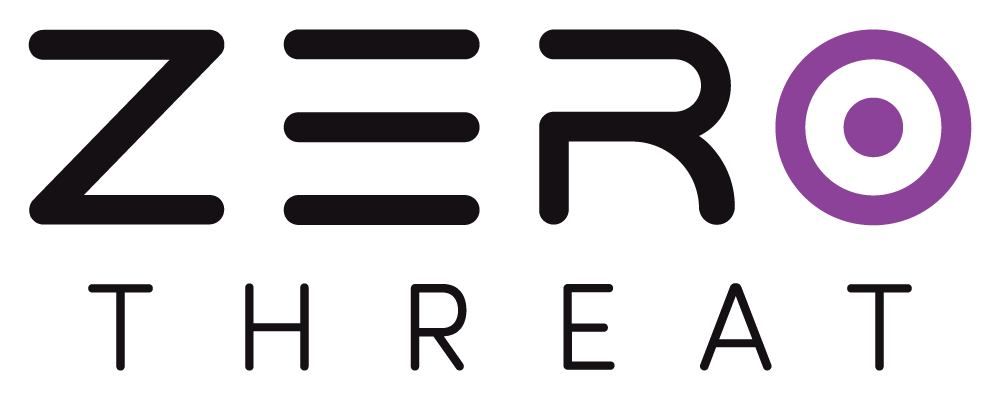
Web App Vulnerabilites
Understanding the Vulnerability List
.png)
When a scan is completed, all identified vulnerabilities are compiled into a structured list. Each vulnerability is assigned a severity level based on its potential impact. The four severity levels are:
- Critical – These are the most severe vulnerabilities that pose a significant security risk. They can be exploited directly and often lead to severe consequences, such as unauthorized access, data breaches, or system compromise. Immediate action is recommended.
- Medium – These vulnerabilities present a moderate risk. While they may not be immediately exploitable, they still introduce security weaknesses that could be leveraged by an attacker under certain conditions.
- Low – These issues have a lower impact on security but should not be ignored, as they may contribute to a broader attack when combined with other vulnerabilities.
- Informational – These findings do not pose a direct security risk but provide valuable insights into potential areas of improvement, such as best practices for security hardening.
.png)
To streamline the analysis process, the filtering feature allows you to focus on specific severity levels. This helps security teams identify and address the most critical issues first, ensuring efficient vulnerability management.
Exploring Individual Vulnerabilities
Clicking on a specific vulnerability provides a detailed breakdown of the issue. This section explains what the vulnerability is, how it was identified, and its potential impact. Along with this, the report lists all the affected URIs, showing exactly where the vulnerability was found within your application.
.png)
Each vulnerability description provides a quick overview of it. This includes details about how the vulnerability occurs, potential exploitation scenarios, and why it poses a risk. Understanding the nature of each issue helps developers and security teams make informed decisions about remediation.
Affected URIs and Detailed Analysis
Within each vulnerability report, there is a section dedicated to affected URIs, which lists every URL where the issue was detected. Clicking on a specific URI takes you deeper into the analysis, providing a more comprehensive breakdown of the vulnerability.
.png)
This detailed analysis includes:
- Problem Explanation – A tailored description of the issue, where it was discovered and what payload.
- Security Impact – A deeper look at why the vulnerability is dangerous and what potential threats it introduces. For example, an SQL injection vulnerability could allow an attacker to manipulate database queries, leading to unauthorized access or data leakage.
- Technical Details – Specifics on how the vulnerability was identified, including parameters affected, payloads used during testing, and response behaviors.
This level of detail allows developers to reproduce the issue and understand the exact security weakness within their application.
HTTP Request, Response, and Evidence
To provide further clarity, the scan report includes the exact HTTP request and response exchanged between the scanner and the web application. This is crucial for debugging and understanding how the vulnerability was triggered.
.png)
- Exact HTTP Request – This shows the raw request sent to the server, including headers, parameters, and payloads. Security teams can analyze this request to see how the scanner interacted with the application.
- Server Response – This details how the application responded to the request, helping identify improper handling of user input, misconfigurations, or unintended exposure of sensitive data.
- Evidence – Concrete proof of the vulnerability, often highlighting specific sections of the response that indicate a security flaw. This could be an exposed database error message, reflected input, or an authentication bypass confirmation.
Having access to this level of information makes it easier to reproduce, validate, and fix vulnerabilities.
Remediation Guidance
One of the most valuable aspects of the Web Application Vulnerabilities section is its remediation guidance. Each vulnerability report provides tailored recommendations for fixing the issue, ensuring that security gaps are addressed effectively.
.png)
The Remediation steps include actionable steps to mitigate the vulnerability, such as best practices for secure coding, configuration changes, and additional security controls. To further assist developers, remediation details also provide code examples relevant to the application's technology stack, making it easier to implement the necessary fixes correctly. By offering clear and practical remediation steps, this section ensures that security issues are not just identified but also resolved efficiently, helping to strengthen the overall security of the application.
The Web Application Vulnerabilities page is the core of the entire scan report. It not only lists security weaknesses but also helps teams prioritize issues based on severity, analyze technical details, and take corrective actions. By leveraging the insights from this section, security teams can work towards systematically improving the security posture of their applications, reducing risk, and maintaining compliance with best security practices.
